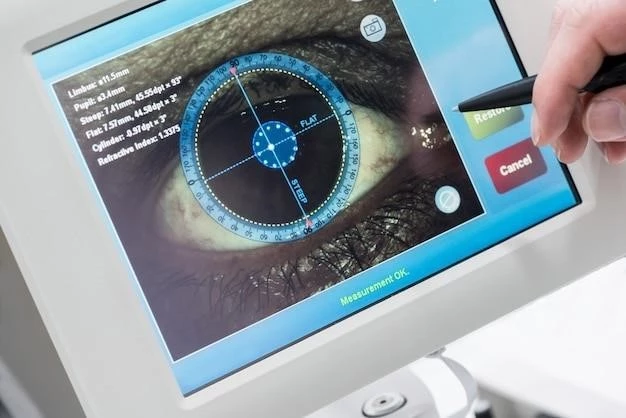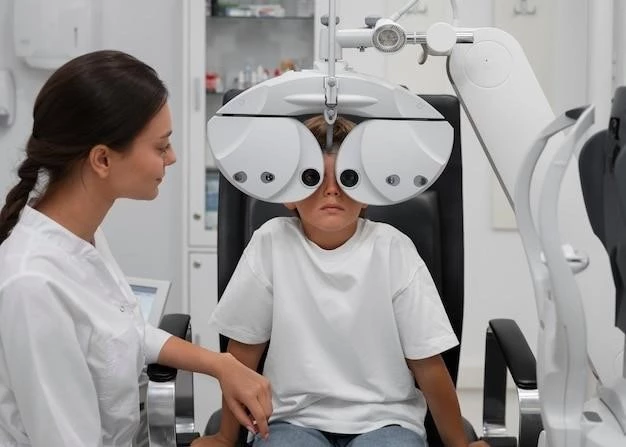Introduction to Ophthalmoplegia Myalgia Tubular Aggregates
Ophthalmoplegia Myalgia Tubular Aggregates involve rare myopathies with unique muscle features like tubular aggregates.
Definition and Overview
Ophthalmoplegia Myalgia Tubular Aggregates is a rare condition involving muscle abnormalities like tubular aggregates. Chronic Progressive External Ophthalmoplegia (CPEO) is commonly associated with this unique muscle pathology, leading to various clinical manifestations.
Chronic Progressive External Ophthalmoplegia (CPEO)
Chronic progressive external ophthalmoplegia (CPEO) is a common mitochondrial myopathy characterized by eye muscle paralysis.
Clinical Characteristics of CPEO
Chronic progressive external ophthalmoplegia (CPEO) is characterized by bilateral ptosis, eye movement limitations, and sometimes limb and bulbar muscle involvement, making it a key feature of mitochondrial myopathies.
Relationship between CPEO and Myalgia
CPEO is associated with exercise-induced myalgia and the presence of tubular aggregates in skeletal muscles, indicating a potential link between these conditions.

Tubular Aggregates in Myopathies
Myopathies with tubular aggregates can manifest as rare conditions with varying degrees of muscle weakness or exercise-induced myalgia.
Rare Myopathies with Tubular Aggregates
Myopathies characterized by tubular aggregates are rare conditions that can present with either progressive muscle weakness or exercise-induced myalgia.
Symptoms and Presentation
Patients with myopathies featuring tubular aggregates may experience symptoms like muscle weakness, exercise-induced myalgia, and the presence of tubular aggregates in muscle biopsies.
Diagnosis and Detection
The presence of tubular aggregates in muscle biopsies can aid in diagnosing rare myopathies with unique muscle characteristics.
Methods for Detecting Tubular Aggregates
The detection of tubular aggregates in muscle biopsies through specific staining techniques can aid in identifying and diagnosing myopathies with these unique pathological features;
Importance of Early Diagnosis
Early diagnosis of myopathies featuring tubular aggregates is crucial as it allows for timely intervention and management strategies to potentially improve patient outcomes and quality of life.
Treatment Options
Various management strategies exist for addressing Ophthalmoplegia Myalgia Tubular Aggregates, focusing on symptom control and potential therapeutic advancements.
Management Strategies for Ophthalmoplegia Myalgia Tubular Aggregates
Various management approaches are available for individuals with Ophthalmoplegia Myalgia Tubular Aggregates to address symptoms and enhance quality of life, focusing on personalized care plans and symptom management strategies.
Therapeutic Approaches and Research Developments
Research into therapeutic approaches for Ophthalmoplegia Myalgia Tubular Aggregates is ongoing, with a focus on advancing treatment options and potentially identifying new therapies to manage this rare condition.
Impact on Patients’ Lives
Living with Ophthalmoplegia Myalgia Tubular Aggregates presents challenges that can impact daily activities and overall quality of life.
Challenges Faced by Individuals with Ophthalmoplegia Myalgia Tubular Aggregates
Patients with Ophthalmoplegia Myalgia Tubular Aggregates face challenges such as muscle weakness, exercise-induced myalgia, and the impact on daily activities that can affect their quality of life.
Prognosis and Long-Term Outlook
The presence of tubular aggregates may impact the progression of ophthalmoplegia myalgia, influencing patients’ quality of life over time.
Disease Progression and Quality of Life
The progression of Ophthalmoplegia Myalgia Tubular Aggregates can influence the quality of life of individuals, impacting their daily functioning and activities due to the associated muscle weakness and myalgia.
Current Research and Studies
Research focuses on advancing treatments and understanding the impact of Ophthalmoplegia Myalgia Tubular Aggregates on patient health.
Advances in Understanding Ophthalmoplegia Myalgia Tubular Aggregates
Ongoing research aims to enhance the understanding of Ophthalmoplegia Myalgia Tubular Aggregates, leading to potential advancements in treatment strategies and patient care.

Support and Resources
Organizations and communities offer support to individuals and caregivers dealing with Ophthalmoplegia Myalgia Tubular Aggregates. Discover valuable resources here.
Organizations and Communities for Patients and Caregivers
Individuals and caregivers dealing with Ophthalmoplegia Myalgia Tubular Aggregates can find support from various organizations and online communities offering resources, information, and assistance to navigate the challenges associated with the condition.
Conclusion
In conclusion, Ophthalmoplegia Myalgia Tubular Aggregates encompass a spectrum of rare myopathies characterized by distinctive muscle features such as tubular aggregates. Advances in research and understanding of this condition aim to enhance diagnostic methods, treatment options, and support resources available for patients and caregivers. The impact on individuals’ lives underscores the importance of early diagnosis, effective management strategies, and ongoing research to improve the quality of life for those affected by this unique muscle disorder.
